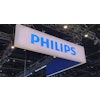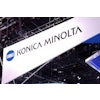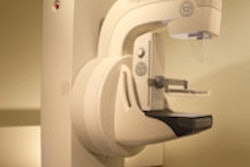Tuesday, December 1 | 3:40 p.m.-3:50 p.m. | SSJ12-05 | Room S402AB
The use of secondary off-the-shelf displays for specific clinical purposes is growing, aided by the proliferation of Web-based image viewing software. Clinical users can get the most out of these displays by calibrating them regularly, according to an Irish research team in this Tuesday afternoon scientific session presentation.Presenter Joanna Lowe of University College Dublin in Ireland will discuss how her facility evaluated three common display types (and 36 displays) for nonradiology applications before and after calibration using the DICOM standard under controlled ambient conditions. The researchers discovered significant improvement in psychophysical measurements across all three display types after using American Association of Physicists in Medicine (AAPM) Task Group 18 test patterns to examine physical and psychophysical display performance.
They also found statistically significant gains for physical measurements of minimum luminance, contrast ratios, and display uniformity in two display types. One type of display did experience a significant reduction in performance, however, in physical veiling glare after calibration.
While emphasizing that calibration should be consistently performed across displays, Lowe also noted that users need to be aware of the risk of issues with veiling glare.
"The problems associated with veiling glare have the potential to affect an observer's ability to detect subtle detail within an image, and as previous studies have shown, variations in displays can impact diagnostic accuracy, particularly for inexperienced readers," she said. "As my study focused on secondary class displays and nonradiology interpretation of these displays, the importance of this novel finding is clear."




















